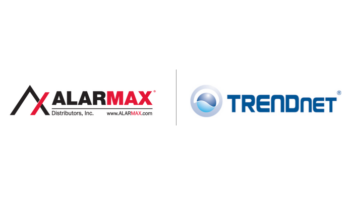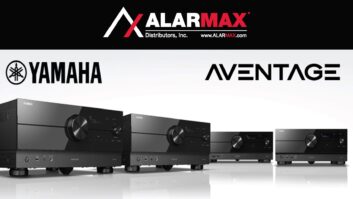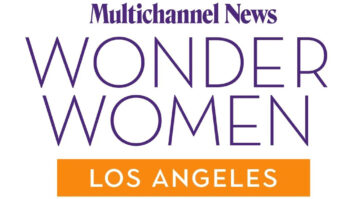The Institute of Electrical and Electronics Engineers (IEEE) has approved the 1394b databus standard, which could be used as a high-speed backbone for a home-wide high-definition A/V network.
The standard complements the IEEE’s 1394a standard, intended mainly to replace multiple audio, video, and control cables with single multiple-conductor cable to connect components in a cluster of components. The new standard could be used to connect the clusters.
“1394b is an essential enhancement to 1394a because it gives us the long haul,” said David Wooten, chairman of the 1394 working group. “It works as the backbone in a home to hook up A/V clusters and PCs.” Wooten said he expects some 1394b-equipped PCs to hit the market by the third quarter.
For A/V networking, commercial 1394b devices are about a year away, said Texas Instruments marketing manager Cecilia Smith. The chipmaker plans late-Q3 availability of sample “bilingual” 1394a/b chips targeted to appear next year in commercially available wallplates and deck-of-card-size hubs. AV clusters equipped with 1394a could then be plugged into the 1394a/b wallplate or hub for connection to a homewide 1394b backbone, she said.
TI has targeted September’s CEDIA Expo for a demonstration of prototype bilingual devices in conjunction with a well-known custom-install suppliers, Smith said.
The company expects wall plate prices to range from $30 to $100, with homes requiring three to 10 wall plates. Prices will vary by functionality, including the ability to accept analog inputs from legacy devices, TI said.
In a 1394b application, a whole-house network would have the bandwidth to simultaneously deliver multiple 19.4Mbps HDTV streams and DVD-Audio and -Video streams on demand from a central AV system to multiple rooms.
Specifically, TI said networked homes could simultaneously stream two to three HD video programs, share an internet connection, share a printer connection, and stream several audio programs to various rooms. Homes could also simultaneously share five to six standard-definition video programs and one HD program.
The new standard supports data rates up to around 2gigabits/second (2Gbps) up to 100 meters, or 328 feet, if glass optical fiber (GOF) is used, said Wooten. The rate is 100megabits/second (Mbps) up to 50 meters if plastic fiber-optic cable is used and 100Mbps to 100 meters if CAT5 cable is used.
Work is underway to step up 1394b’s data rate over CAT5 to 1Gbps, Wooten added.
Because 1394b uses only two of the four unshielded twisted pairs in a CAT5 cable, installers can use the other pairs for phone systems and other applications, Smith said.
Multiple home A/V products already incorporate 1394a, including set-top boxes, DVD recorders, HDTVs, D-VHS recorders, and audio receivers, including a model from B&K, Onkyo and Denon models that can be upgraded to 1394a.
“We know of plans by several other major manufacturers to introduce 1394 in midrange products such as DVD players and A/V receivers later this year and early 2003,” Smith said.













